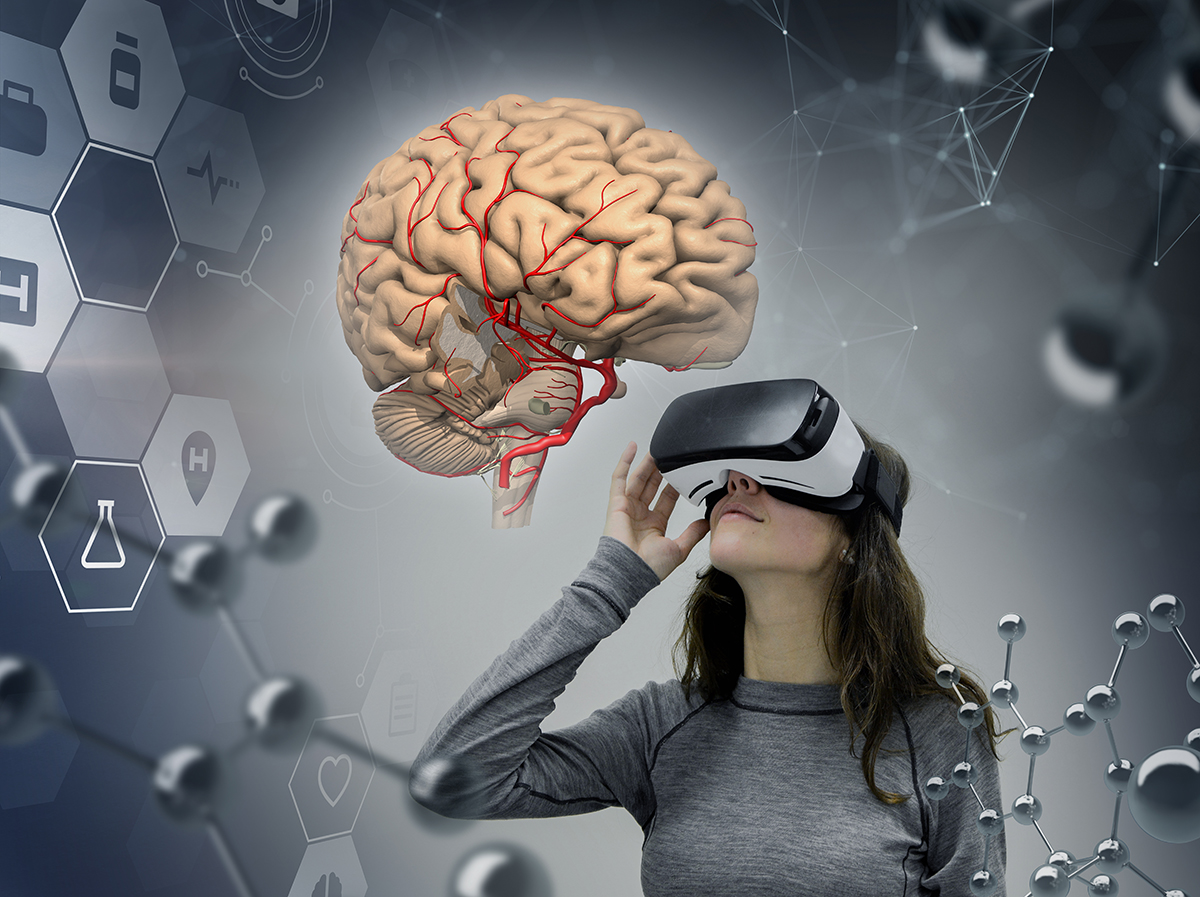Introduction
Learning Institutions, Universities and medical schools today are increasingly challenged to use innovative technology that delivers transformative anatomy learning experiences while also enhancing the reputation of the school and allowing them to stay competitive with other institutions.
At the same time, these institutions are required to maximize and augment anatomy teaching time with effective teaching methodologies that facilitate heightened learning outside the classroom. This is especially important in many schools where lab time is at a premium, particularly for first year Med students.
In this paper we will explore how virtual reality (VR) tools can help to solve many issues associated with teaching and learning human anatomy in higher education. We will look at how virtual reality can be employed successfully in higher education to engage students with anatomical content. And we will explore what you need to look for when choosing a VR anatomy solution in order to maximize usage, leverage your investment in VR devices, impact retention and contribute to improved student outcomes.
We will also talk about how VR can promote lasting behavior change, and how healthcare providers are using VR to successfully treat a variety of conditions, from anxiety to pain management to PTSD.
Finally, we will introduce you to Primal VR, a VR anatomy experience that combines a uniquely flexible VR platform that is device-agnostic with the world’s most accurate anatomy resource.
